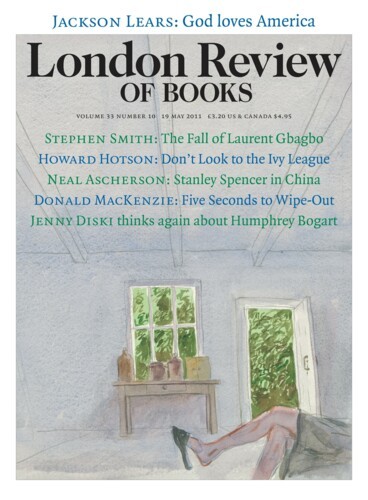On ‘Spoofing’: Spoofing
Donald MacKenzie, 21 May 2015
On 21 April, the financial trader Navinder Singh Sarao was arrested in West London. The US authorities are seeking to extradite him to stand trial in Illinois after charges were issued against him by the US Department of Justice. The DoJ alleges he was in the habit of ‘spoofing’ futures markets, by entering orders without genuinely intending to buy or sell, and that this...





